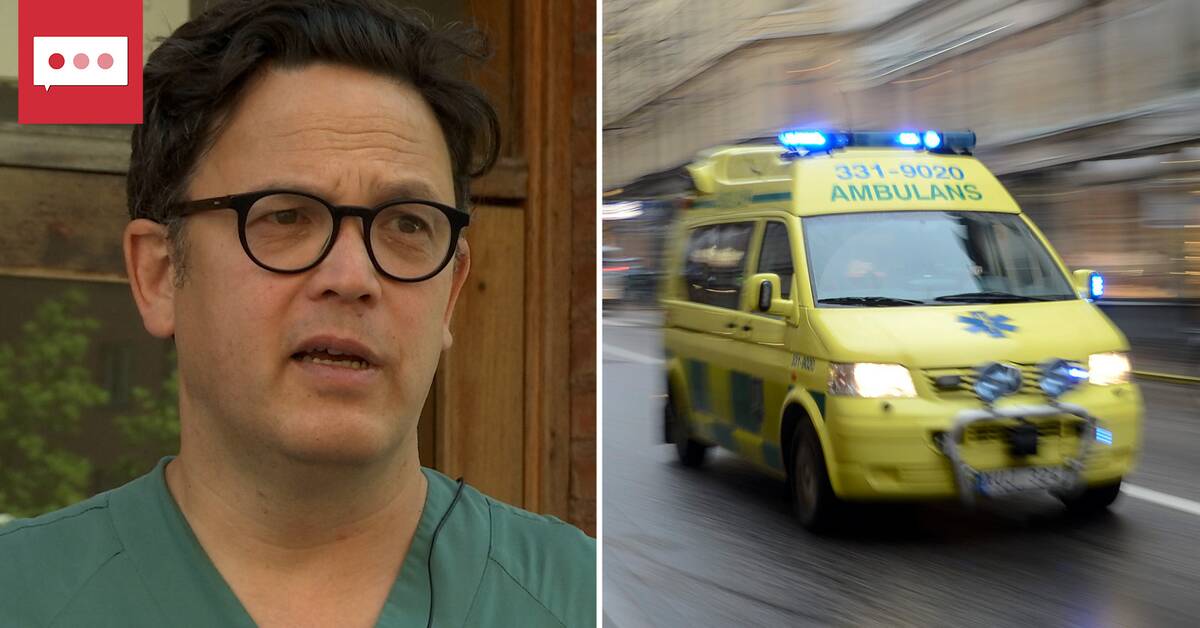If trauma care succeeds in saving the life of a young person with a gunshot wound, the person often has more than 60 years left to live, and thus potentially the opportunity to work for many years and otherwise contribute to society.
- But those who suffer injuries to several organs at the same time often need care from all sides and a joint rehabilitation, and that is lacking in Sweden today, says Ragnar Ang, chief medical officer at the trauma unit at Sahlgrenska Hospital in Gothenburg.
- The consequences if this does not develop are that healthcare costs even more money.
If we can effectively rehabilitate patients back to working life, it is an investment that pays off for several years, he says.
Long road back for young people who are shot
When people with gunshot wounds come into the emergency room at Sahlgrenska, the routines are well established.
Doctors, nurses, assistant nurses and X-ray staff examine the patient from head to toe, find out what injuries there are, try to stop the bleeding and send the patient on to X-ray or surgery.
But even if the trauma team of 10-12 people manages to save the patient's life, there is a risk of permanent damage.
For example, there is a risk of brain damage due to lack of oxygen in the brain and damage to the intestines, lungs, vessels and nerves.
Ragnar Ang states that it takes a lot of time and resources for an injured person to be able to recover and come back after the emergency stage.
- The rehabilitation in Swedish healthcare must be better, he says and points out, among other things, that more resources are needed for research to develop Swedish trauma care.
Javascript is disabled
Javascript must be enabled to play video
Read more about browser support
In autumn 2021, SVT followed Erik Westin during one of his working days at the Sahlgrenska hospital in Gothenburg.
Photo: Emmanuel Royer, SVT.

